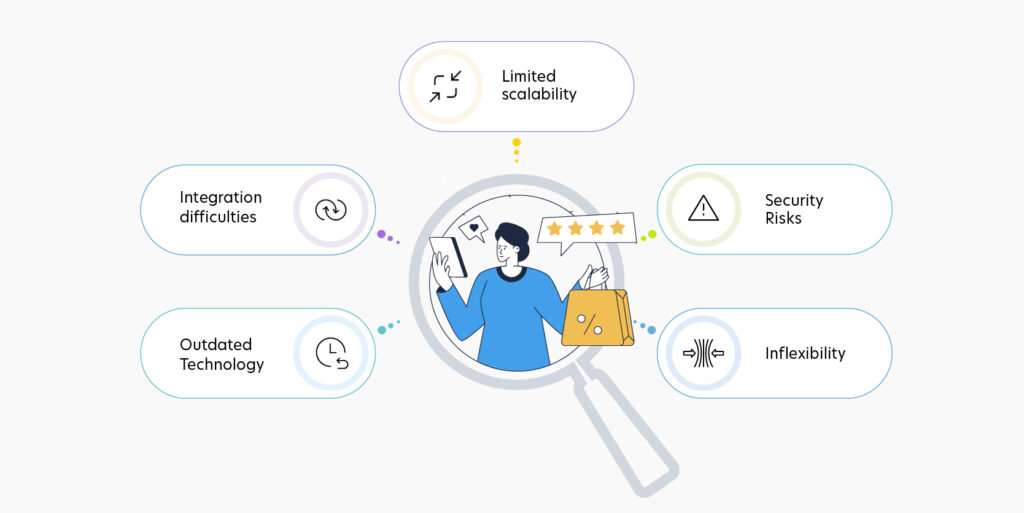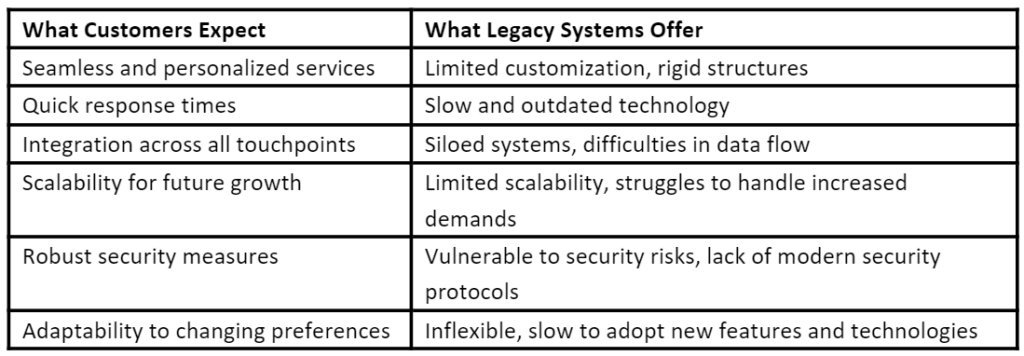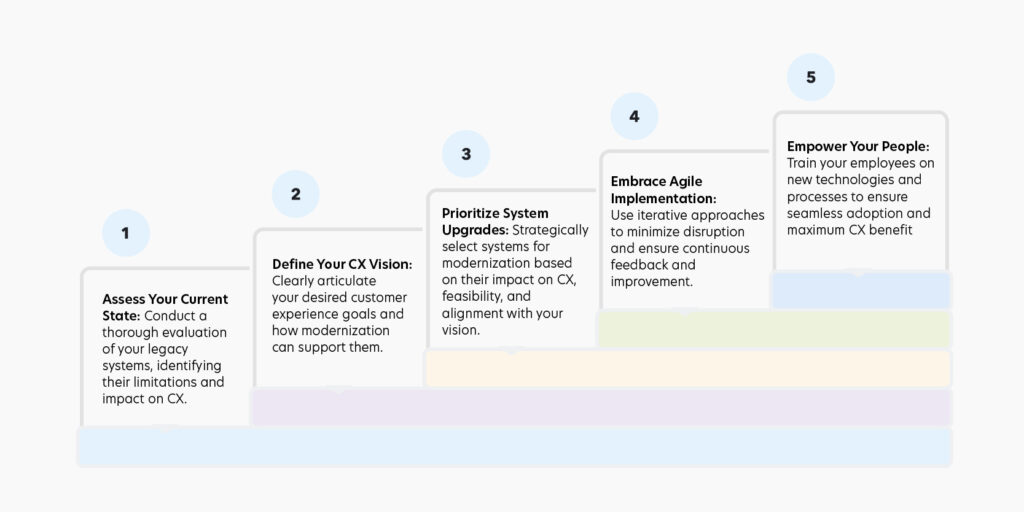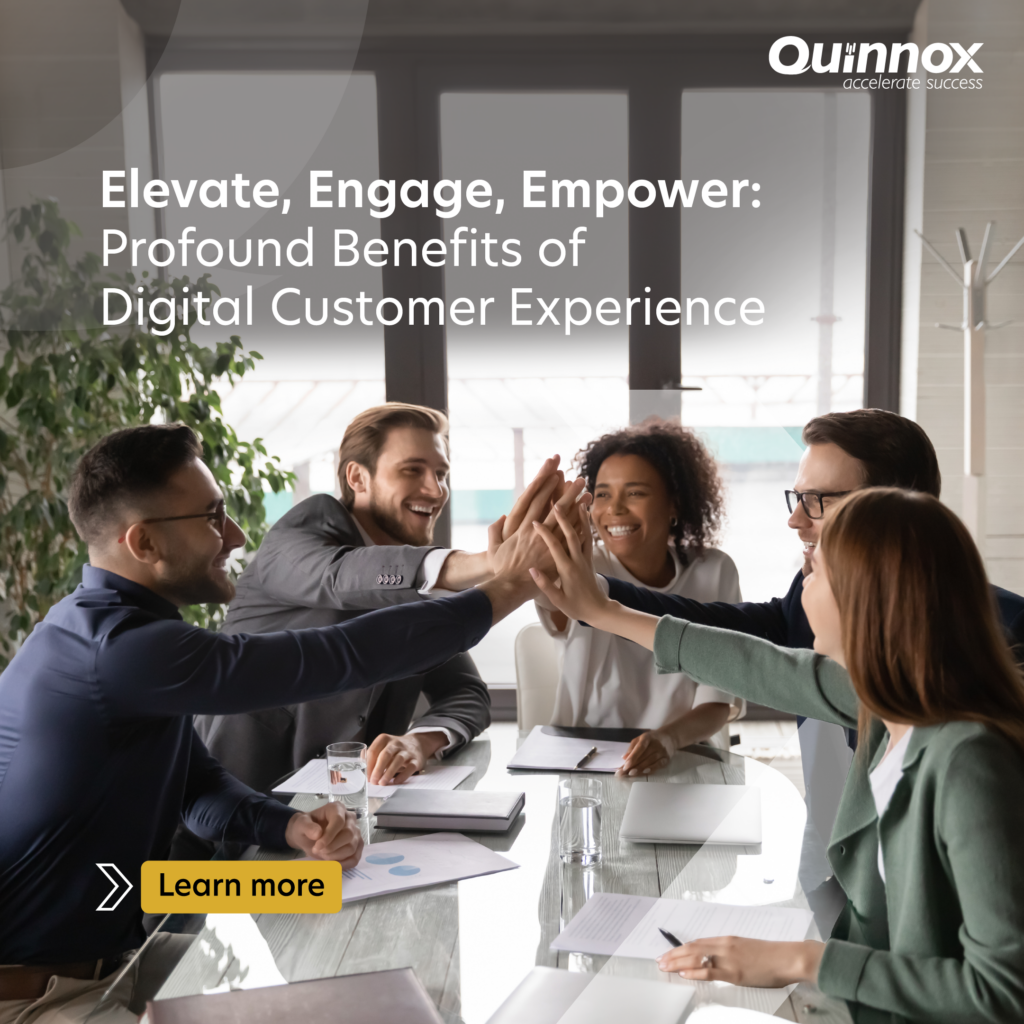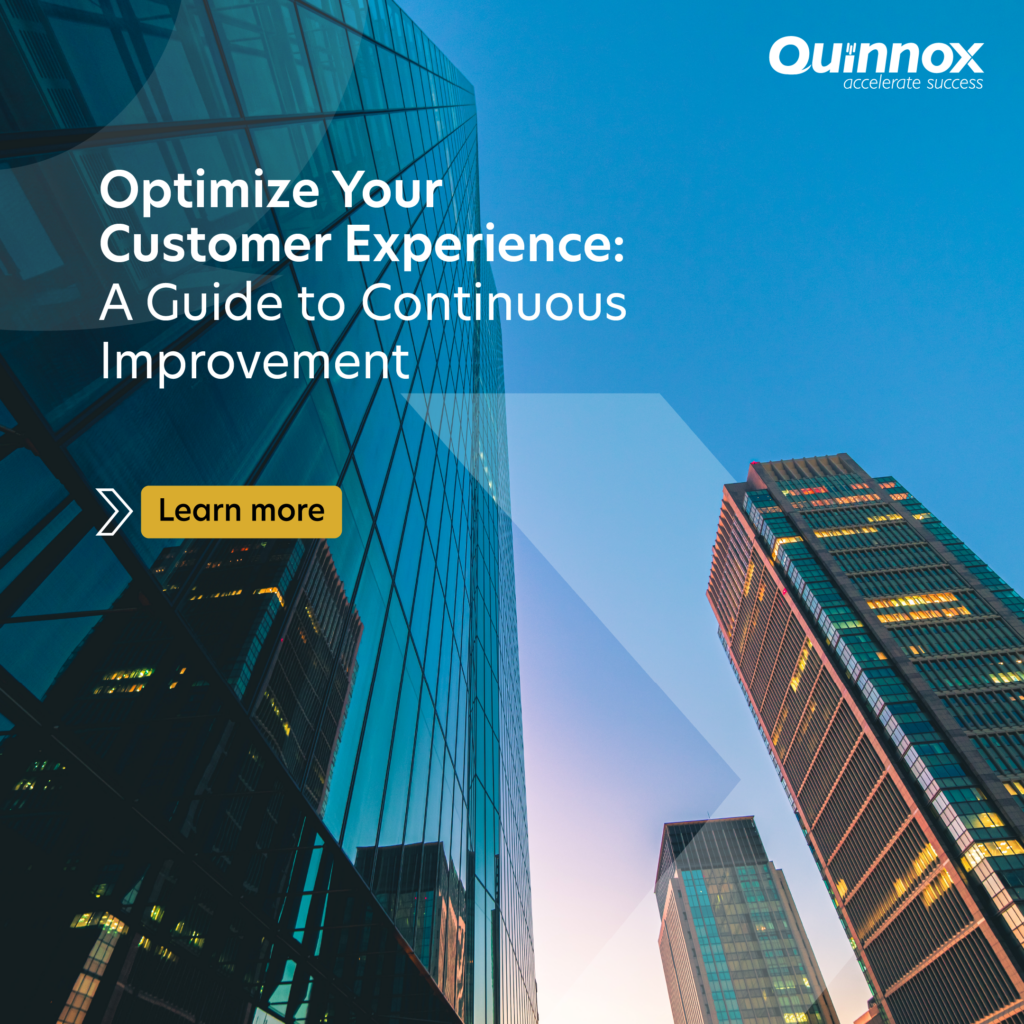Retail Revolution: Unveiling Top 7 Ways to Improve Retail Customer Experience in 2024
The retail business is confronted with two primary challenges: the management of fulfillment needs during periods of peak trading and the worldwide personnel shortage. The solution that emerges to solve both these issues is – a positive customer experience.
Read more
